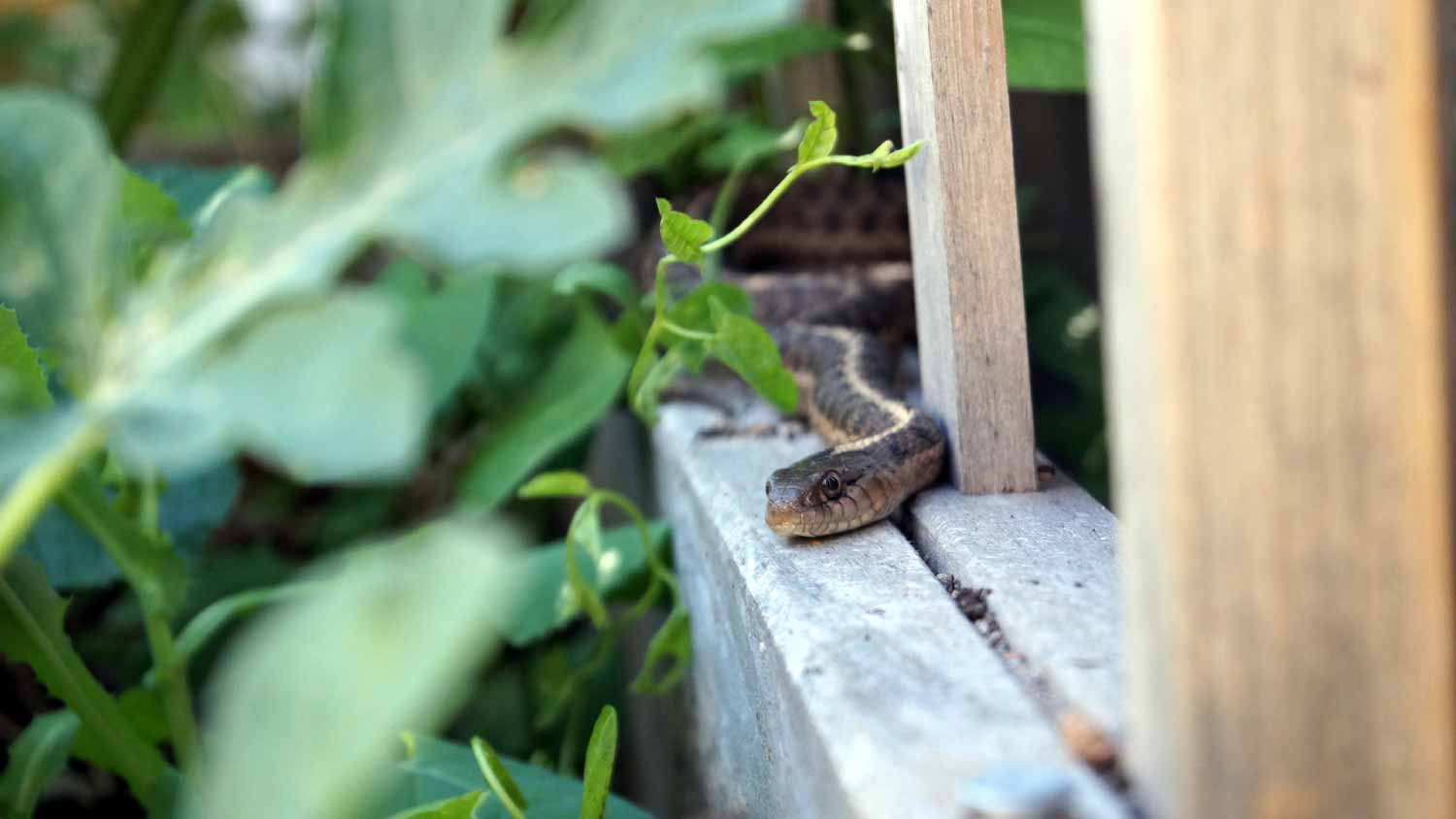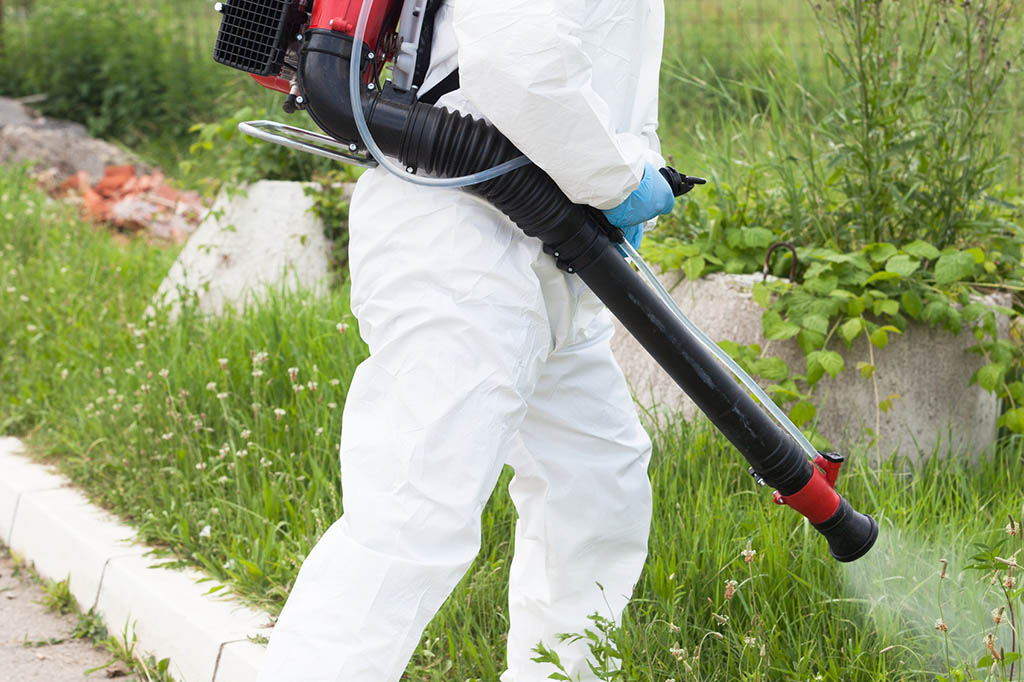
Budget for bed bug treatment costs based on factors such as number of rooms, severity, treatment frequency, treatment method, and more.
Call a wildlife or snake removal company for safe, humane snake removal


The task is identifying who to call for snake removal and securing safe, humane removal by trained specialists.
Key cost factors include snake species, number of snakes, and whether the snake is indoors or outdoors.
Hiring a pro reduces risk, prevents repeat problems, and ensures humane handling and release.
Follow local wildlife laws and consult authorities when needed to ensure compliant removal.
This article was created using automation technology and thoroughly fact-checked and edited by HomeAdvisor Editor Ryan Noonan.
If you are deciding who to call for snake removal, contact a local wildlife removal company or a specialized snake removal pro. These experts use humane methods, identify risks, and remove snakes safely. Follow local wildlife laws, as many animals are protected; consult local authorities when needed. Use this quick hiring guide to make a safe, compliant choice.
Animal control often does not remove snakes unless there is a proven danger to people or pets. Homeowners generally hire wildlife or snake removal companies for reliable results. Pros keep you safe when you cannot confirm whether a snake is venomous. They also assess how snakes entered and advise on prevention.
Humane capture and relocation completed correctly
Trained handling reduces risk to people and pets
Effective solutions when DIY tools and traps fail
Identification when species or venom status is unclear
Assessment of entry points and vulnerabilities
Guidance on prevention and high-risk areas
Ability to set traps strategically if needed
Faster resolution than trial-and-error DIY
Professional-grade equipment and methods
Lower stress with guaranteed removal
If you are dealing with a snake and want to ensure safe, effective removal, you might want to consider a pest control pro near you to handle the situation professionally and humanely.
You can call animal control for snake removal, but service is not guaranteed. Animal control primarily handles pets and domesticated animals and may not assist with snakes. They may respond only when the snake presents a proven danger. If they cannot help, they often recommend contacting a wildlife removal company. Private wildlife pros offer more consistent availability for urgent situations.
Animal control pros follow a step by step process to ensure safe removal of snakes:
Coax the snake from its hiding place using bait.
Humanely trap it with a glue trap, a catch-and-release trap, or snake tongs and a snake bag.
Remove the snake from the home and release it safely back into nature. Pros bring training and more sophisticated equipment than DIY options, emphasizing humane handling throughout the process.
The average cost to remove a snake is $340. Most projects fall between $130 and $600. Price depends on the snake species, how many snakes are present, and whether the snake is inside your home or elsewhere on the property. The scope increases when access is difficult or multiple snakes require removal.
From average costs to expert advice, get all the answers you need to get your job done.

Budget for bed bug treatment costs based on factors such as number of rooms, severity, treatment frequency, treatment method, and more.

Discover how much mosquito control costs based on key factors such as yard size, service frequency, treatment method, and more with our detailed guide.

Budget for wildlife removal costs based on factors like animal type, removal method, repairing wildlife damage, extent of infestation, and professional labor.

Wondering who to call to get squirrels out of the attic? See why wildlife control pros are best, what they do, and the average visit cost.

Who to call for a cat stuck in a tree? Call an arborist, not 911. Learn why an arborist beats animal control and how rescues work

Who to call for an animal in your air vent? Learn when to hire an air duct specialist, wildlife removal, or pest control—and what costs to expect.